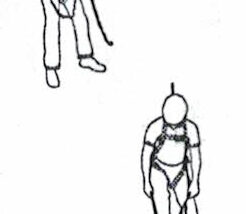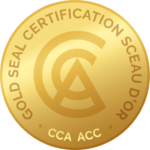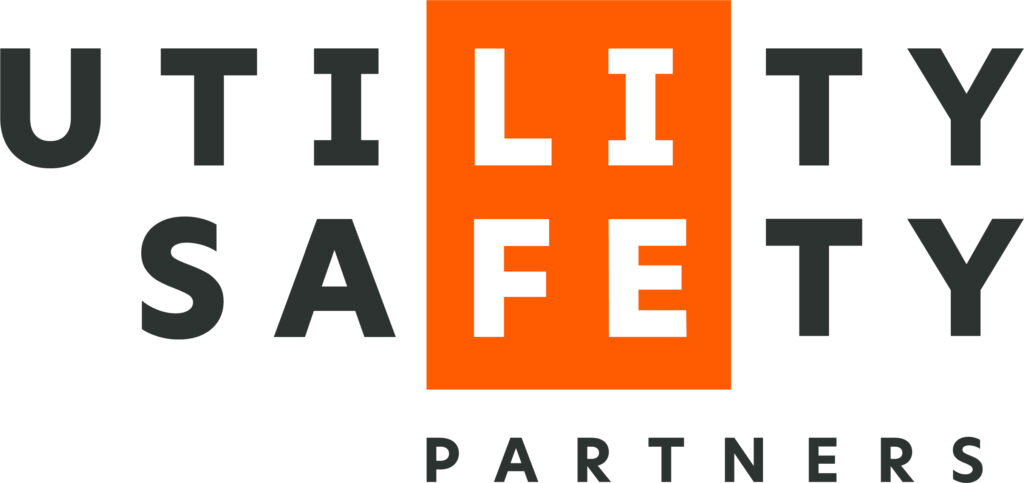Worker Fire-Resistant Work Wear (PPE) Requirements

Work encompasses a wide variation of hazards. Workers must be made aware of these hazards and must be protected against the risks associated with the hazards. The various methods to control risks are, in order of preference, hazard elimination, substitution, engineering controls, administrative controls and personal protective equipment (PPE). Personal protective equipment is considered last […]
Read More →Suspension Intolerance Straps

Following a fall, a worker using a fall arrest system may remain suspended in their harness. The sustained immobility may lead to a state of unconsciousness. Depending on the length of time the suspended worker is unconscious or remains immobile, the level of venous pooling may result in orthostatic intolerance. Symptoms of orthostatic intolerance include […]
Read More →First Aid at the Worksite

Crews may be separated by significant distances or obstacles that could delay or prevent emergency response (e.g., steep slopes, waterways, rock faces, or ravines). Employers must ensure that first aid equipment, supplies, facilities, attendants and services are readily available for prompt treatment and transport of injured workers. At the worksite, the first aid attendant must […]
Read More →Major Projects and Environmental Assessment

Under the Federal and Provincial OH&S regulations, employers/owners have obligations to protect the health and safety of workers which include: The Environmental Assessment Act and environmental assessment process is important to ensure that major projects meet the goals of environmental, economic and social sustainability.
Read More →Investigating Hazardous Occurrences

Adverse events have many causes. What may appear to be bad luck can, on analysis, be recognized as a chain of failures and errors that lead almost inevitably to the hazardous occurrence event. These causes can be classified as: To prevent adverse events, you need to provide effective risk control measures which address the immediate, […]
Read More →Emergency Management

Every incident is preventable but in the rare case when something does go terribly wrong being prepared ensures an effective, coordinated response to contain and control any incident to minimize harm to people, property, the environment and company operations.
Read More →Focus on Eye and Face Protection

The Occupational Health and Safety Regulation provides for Eye and Face Protection. If your work exposes your eyes to hazards such as dust or chemicals, or to the risk of impact with tools, materials, or flying debris, occupational guidelines stipulate that you must wear safety eyewear. You also need to be aware that regular prescription […]
Read More →Safety is a Girl’s Best Friend

When it comes to a worker’s personal protective equipment, one size and style does not fit all. There is a shortage of workers in skilled trades. Women are heavily represented in clerical, administrative and professional roles in the economy, but grossly under-represented in non-traditional careers such as the trades, according to Statistics Canada. Attracting more […]
Read More →Workplace Drug & Alcohol Testing

Drug testing is only one component of a comprehensive drug free workplace program, which also includes a written policy that clearly outlines employer expectations regarding drug use; training for supervisors on the signs and symptoms of drug use and their role in enforcing the policy; education for employees about the dangers of drug use; and […]
Read More →Worker Safety Orientation

Employers invest a lot of time to ensure their workers are properly instructed and trained on how to do their jobs safely. For a new or young worker this means a safety orientation on the basics, hands on training for specific tasks, and providing supervision and ongoing training so they continue to work safely. Whenever […]
Read More →



